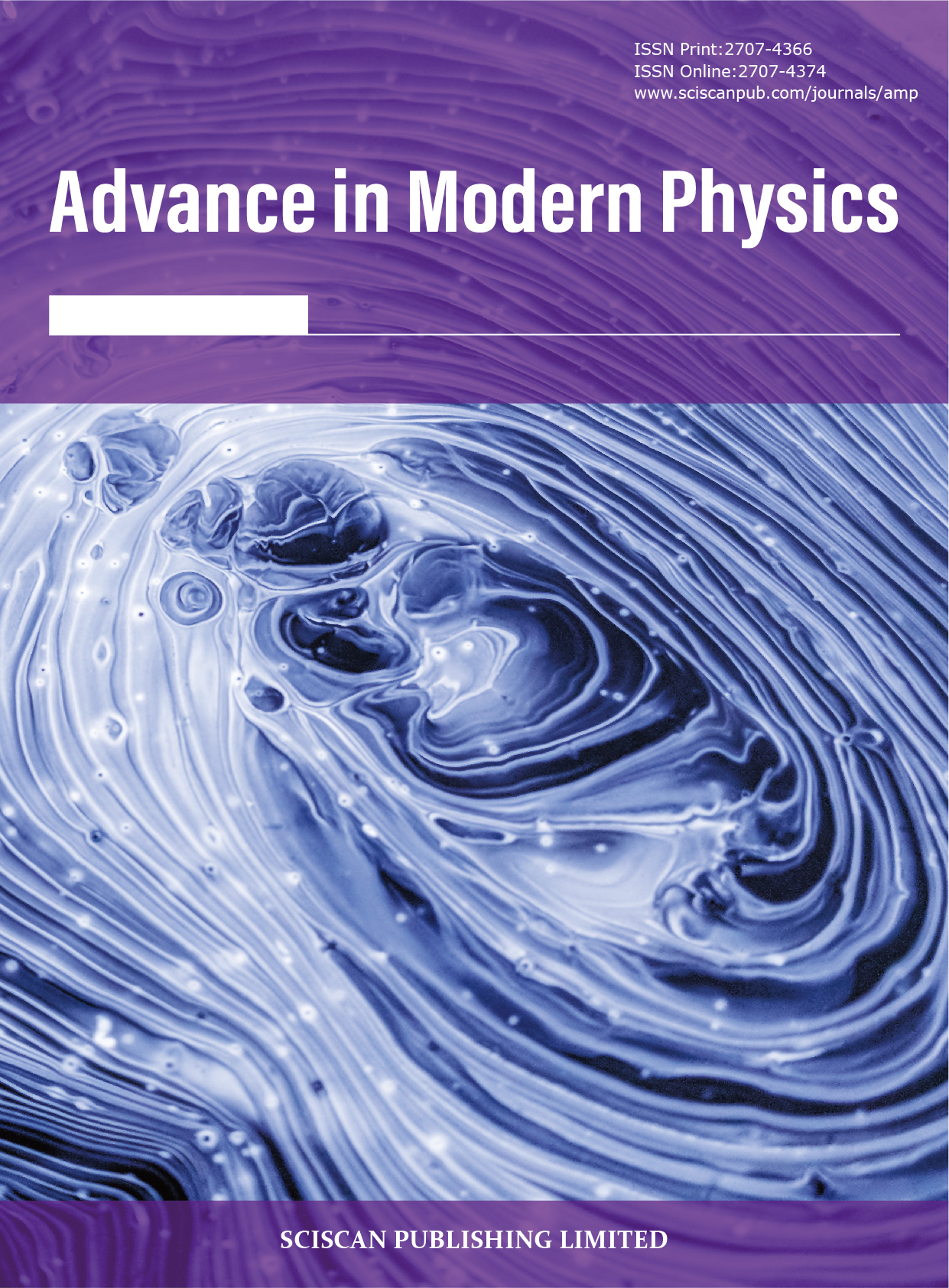Advance in Modern Physics
ISSN Print:2707-4366
ISSN Online:2707-4374
Contact Editorial Office
Subscribe to the latest published information from SCISCAN
试论探地雷达技术在搜救作业中的贡献
Discussion on the Contribution of GPR Technology in Search and Rescue Operations
- Authors: 张一宁
-
Information:
东北大学理学院,沈阳
-
Keywords:
Superficial geophysics; Ground penetrating radar; Tall dunes; Permafrost; Life detection and rescue浅表地球物理; 探地雷达; 高大沙丘; 永久冻土; 生命探测与救援
- Abstract: Ground penetrating radar (GPR) is an important means in shallow geophysical science and technology. Its importance lies in its universality and effectiveness. GPR is playing an important role in engineering testing, environmental protection, archaeological relics, disaster relief, anti-terrorism security inspection, resource exploration, hydrology and water conservancy and other scientific and technological fields that cannot be replaced by other means. There have been many articles on the development history, basic system and principle, signal processing and imaging of GPR. This paper reviews the application of ground penetrating radar (GPR) as an important means of shallow geophysical observation in several basic geoscience and engineering fields. These include the internal structure and formation mechanism of tall sand dunes in the desert, the detection and prediction of the status quo and evolution of permafrost, the detection of cavities and weak zones in civil infrastructure (roads, Bridges, DAMS and dikes) or in the foundation, and the detection and rescue of life in earthquake disaster sites. Variations of GPR technology (e.g., borehole radar, lunar radar) will also be reviewed at length. Finally, I will put forward my personal opinions on the existing problems and development direction of GPR technology. It should be emphasized that although the topic of this paper is the scientific application of GPR, the successful application of superficial geophysical achievements in various fields cannot depend on any single means or method. All successful examples have proved that it is necessary to emphasize one method as the main and other methods as the auxiliary, and only by effective cooperation of multiple methods and multiple methods can the non-uniqueness of detection results be reduced to the greatest extent and accuracy and precision be improved. 探地雷达(GPR)是浅表地球物理科学技术中的一项重要手段。其重要性体现在它的应用广泛性和有效性。在工程检测、环境保护、文物考古、灾害救援、反恐安检、资源勘探、水文水利等科学技术领域中探地雷达都在发挥着其他手段无法取代的重要作用。关于探地雷达发展历史、基本系统及原理、信号处理与成像等方面的综述性文章已经很多。本文将重点评述作为浅表地球物理观测技术重要手段的探地雷达在几个基础地学与工程技术领域中的应用。这些方面包 括沙漠中高大沙丘的内部结构与形成机理,永久冻土的现状探测与演化预测,民用基础设施(公路、桥梁、大坝、堤防)内部或地基内空洞及软弱带的检测,以及地震灾害现场生命探测与救援。本文还将用一定篇幅评述探地雷达技术的变异形式(如钻孔雷达、探月雷达)。最后将就探地雷达技术现存的问题及发展方向提出个人见解。需要强调的是,尽管本文以探地雷达的科研应用为主题,浅表地球物理科技成果在各个领域的成功应用绝对不可能倚赖任何单一手段或方法。所有成功的实例都证明一定要强调某一方法为主,其他手段为辅,多手段、多方法的有效配合,才有可能最大程度的减小探测结果的非唯一性,提高准确度和精确度。
- DOI: https://doi.org/10.35534/amp.0303015c (registering DOI)
- Cite: 张一宁.试论探地雷达技术在搜救作业中的贡献[J].现代物理进展,2021,3(3):81-86.
















